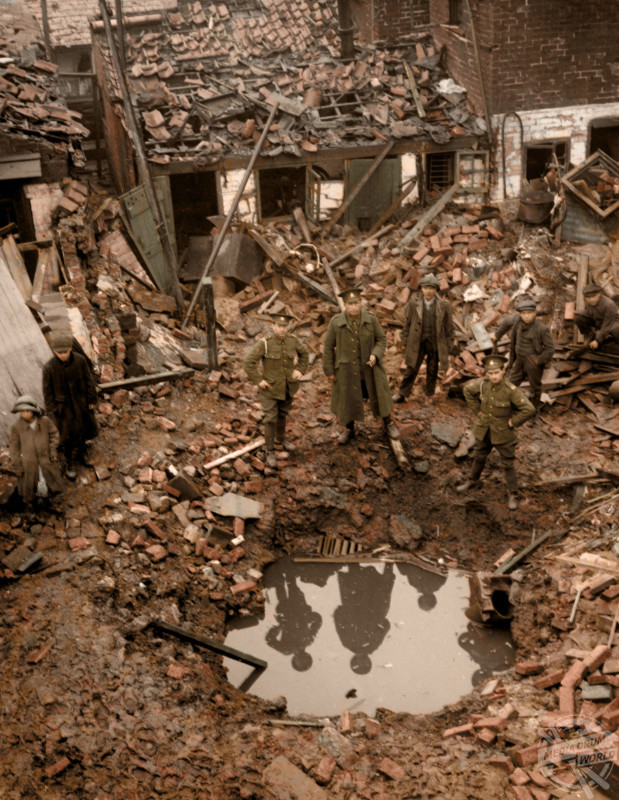
By Alyce Collins
COLOURISED photographs commemorating the 103rd anniversary of the WW1 Zeppelin raids over London on the 31st of May show the devastation wreaked throughout the capital as bombs ripped apart lives and communities.
This forgotten, “First Blitz” that killed 500 people on British soil during the Great War of 1914-18 is presented through stunning colourised photographs showing the wreckage of a damaged L20 Zeppelin aircraft after it crashed into the sea off the coast of Norway.
This airship was known as the ‘Raider of Loughborough’ after being involved in the attack on the Midlands. The aircraft’s passengers can be seen sailing away from the wreckage as they sail to the shoreline.
Other images show the destruction caused by successful Zeppelin bomb raids over London, as British soldiers can be seen searching for survivors from the wreckage.
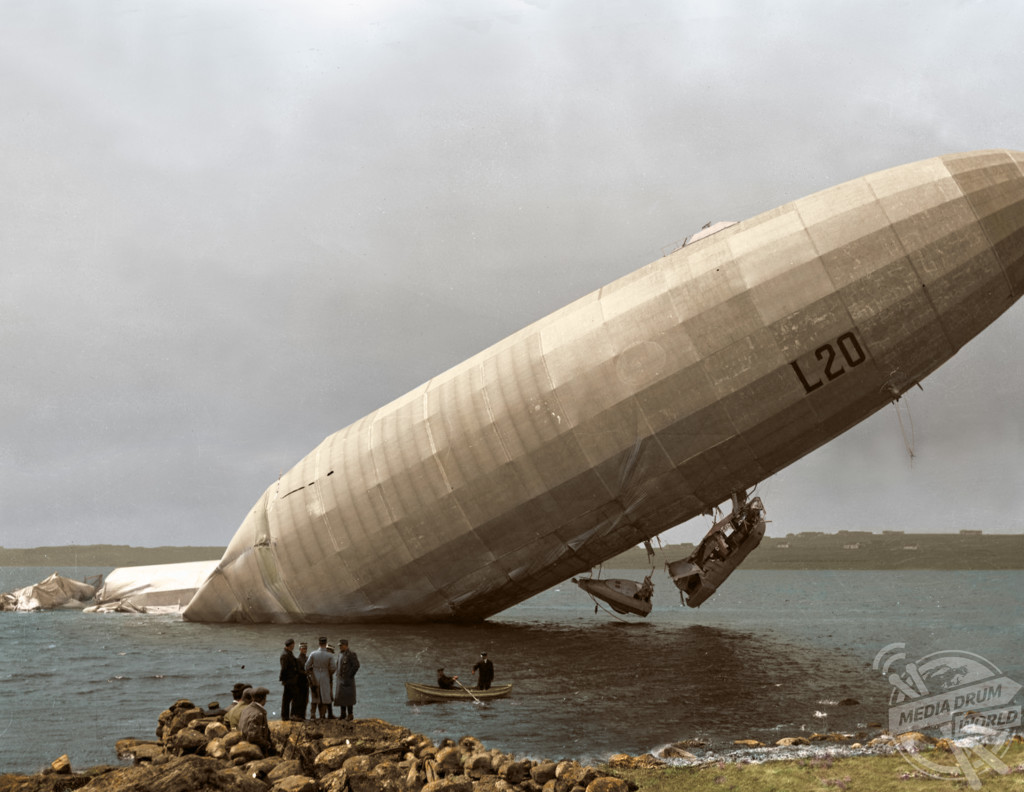
Tom Marshall / PhotograFix / mediadrumworld.com
Another image shows a large sunken hole in the ground where a Zeppelin bomb tore through the earth, creating a deep well filled with rubble and debris. Military personnel and civilians are seen beside the hole as they survey the damage of yet another raid against Britain.
One impressively colourised photo depicts a female munitions worker busy in a factory in 1915, before the factories became a key target for the bombing. Britain’s industrial heartlands were heavily populated, and their destruction would affect Britain’s war resources drastically.
The incredible shots were colourised by British professional colouriser Tom Marshall of PhotograFix.
“Zeppelins were like no other weapon ever encountered before” Tom said.
“They were impossible to spot in the night sky, they flew higher than any British aeroplanes could reach, and were out of range of any guns.
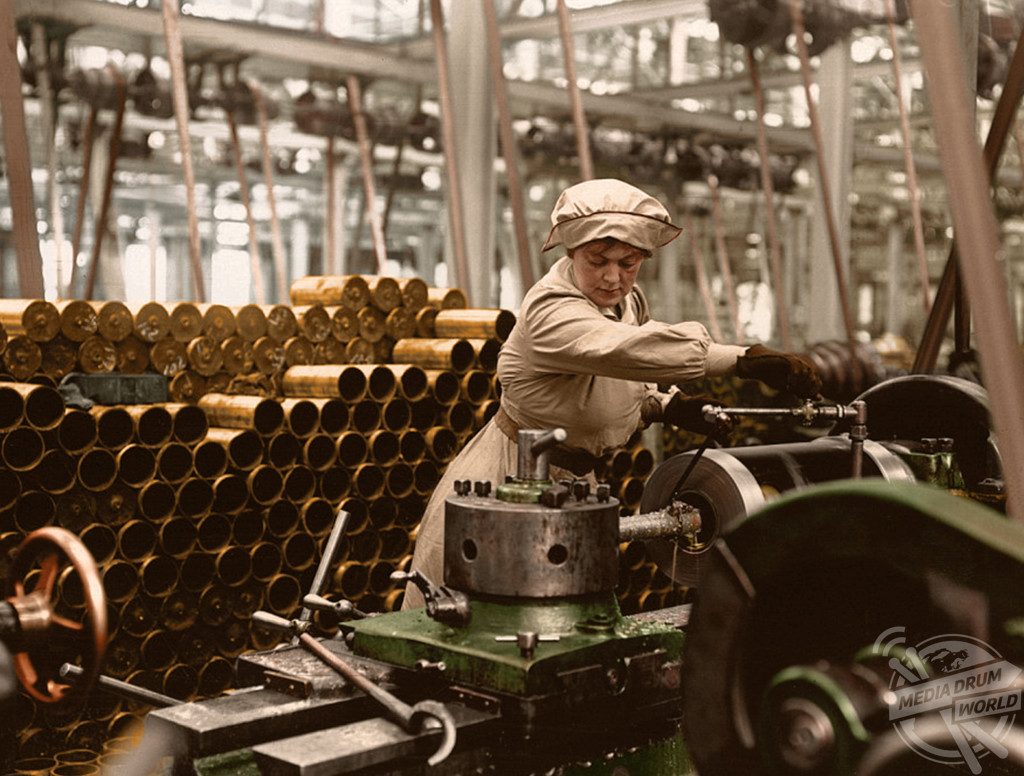
Tom Marshall / PhotograFix / mediadrumworld.com
“They were the height of luxury travel before the war, but nobody imagined the death and destruction that airships could bring to Britain’s streets during World War One.”
The first Zeppelin raid on British soil was over the 19th to the 20th January in 1915, where two Zeppelins killed four people and injured six in the east. From this, the Kaiser authorised bombings on London to happen in February, however these were then postponed until April in the hopes it would be more weather permitting by this time.
Once April fell, the bombing raids were delayed further until the newer and bigger P Class Zeppelins were available. This led to the first London bombings on the night of the 31st of May 1915.
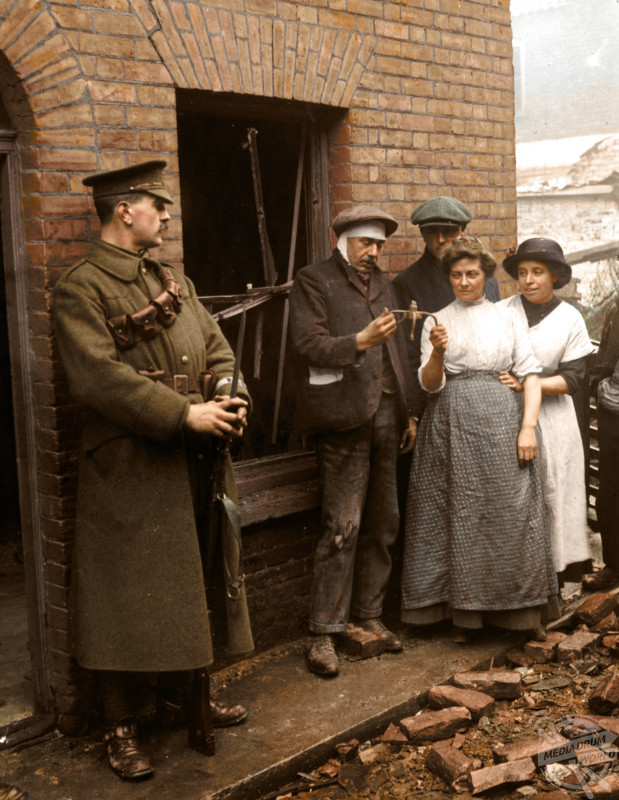
Tom Marshall / PhotograFix / mediadrumworld.com
The fatal raids at the end of May in 1915 were commanded by the German officer Viktor Leopold Linnarz who ordered an LZ 38 airship to drop explosives over the capital. A total of 120 bombs were dropped from Stoke Newington to as far south as Stepney and as far north as Leytonstone. Seven people were killed and thirty-five were injured in these raids which burned down seven buildings. The damage from this one day of raids was estimated to have cost the government over £18,500, the equivalent of approximately £2 million today.
The development of the Zeppelin airship was first pioneered by the German Count Ferdinand von Zeppelin in the early twentieth century, and were they first flown commercially in 1910. Zeppelins used an aluminium framework which held multiple gasbags inside which contained the inflammable lifting gas.
During the First World War, the German military made use of the power of Zeppelins by using them as bombers and scouts, killing over 500 people during the numerous bombing raids against Britain.
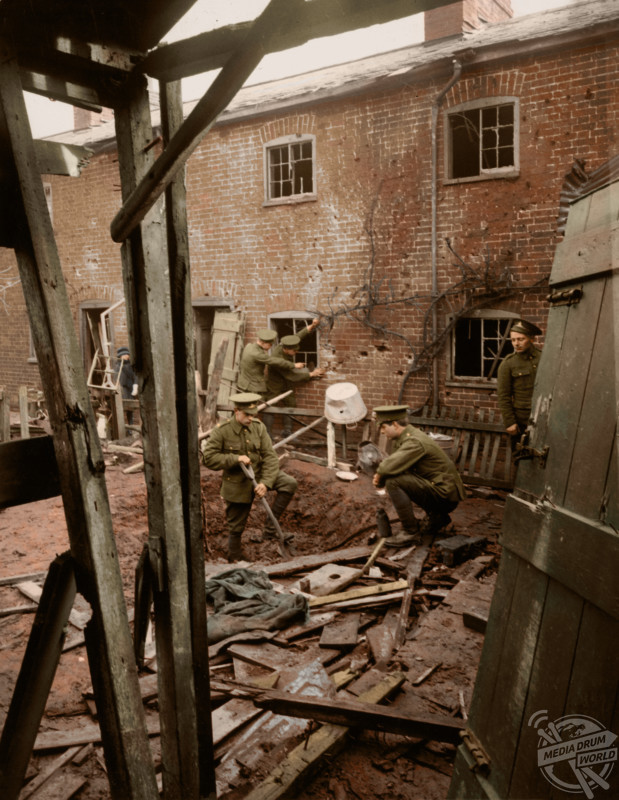
Tom Marshall / PhotograFix / mediadrumworld.com
The First World War lasted from July 1914 to November 1918, during which over seventy million personnel were mobilised, and nine million of those were killed in attacks. However, the use of Zeppelins caused death and destruction away from the trenches and allowed Germany to attack the British on their own soil.
The Zeppelin raids over London on May 31st forced the British government to issue a D-notice which prohibited any UK press outlets from reporting anything about the raids which wasn’t mentioned in the official statements.
In 1921 the Allied Powers requested that Germany hand over all Zeppelins in reparation for the devastation they caused during the war.
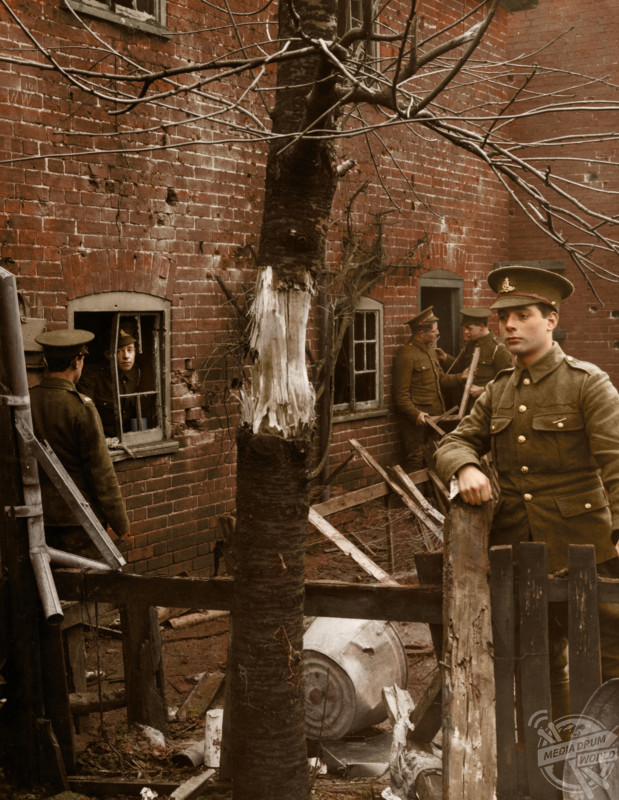
Tom Marshall / PhotograFix / mediadrumworld.com
For more information see www.mediadrumworld.com






